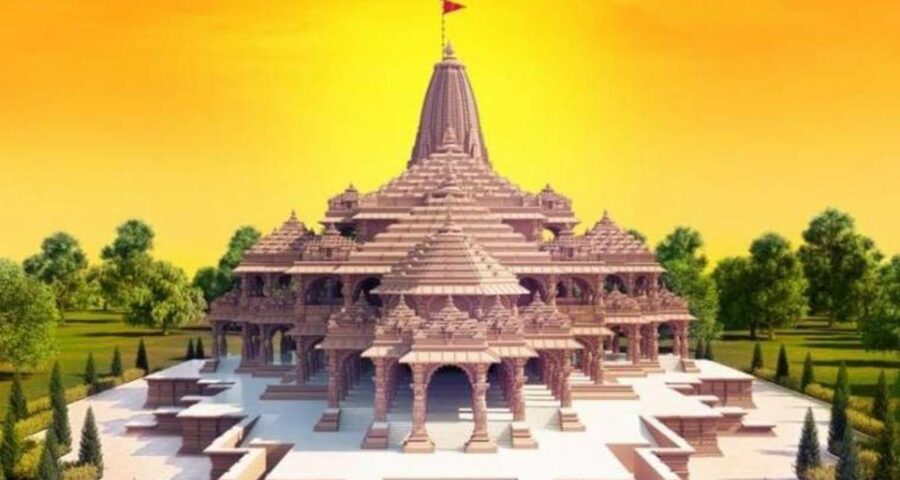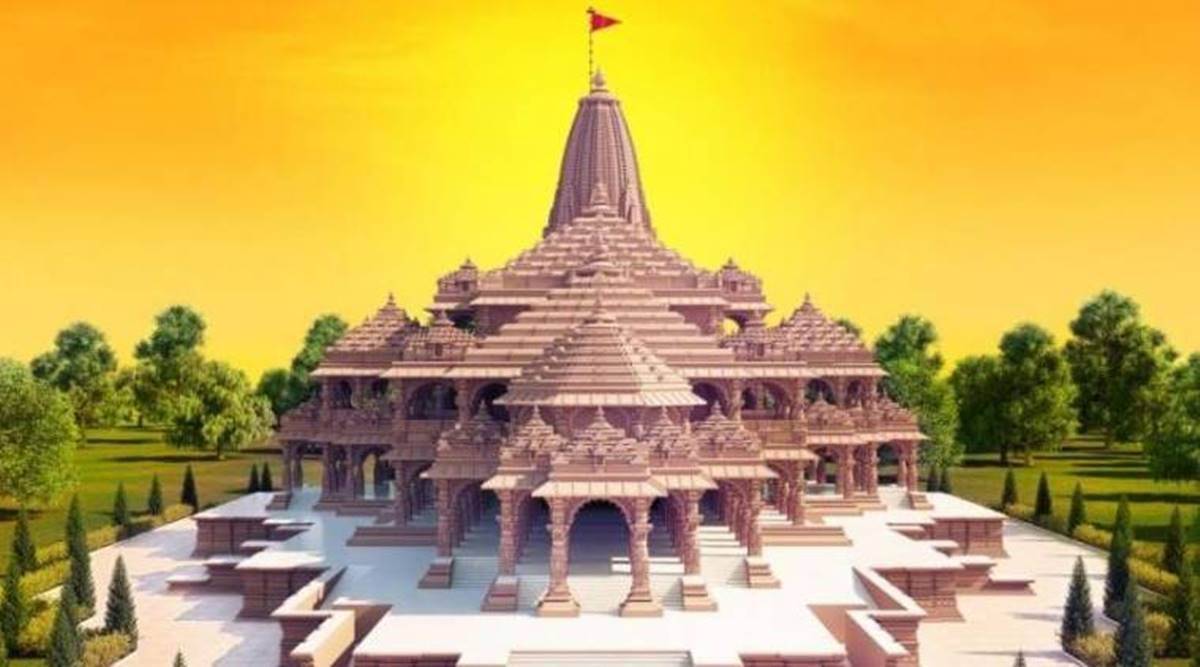The filling work at the construction site for the temple in Ayodhya has been completed, said an official.
The filling work at the construction site for Ram temple in Ayodhya has been completed and the project is on schedule with the temple expected to be open to the public by December 2023 — just ahead of the 2024 Lok Sabha polls.
“A review meeting on the construction of the temple in Ayodhya was held on August 27-29 where it was noted that the construction work is proceeding as per schedule and the plan to enable devotees to have darshan of Lord Shri Ram by the year 2023 seems within reach,” an official involved with the construction of the temple said.
https://youtube.com/watch?v=aZnYSJFjq4Q%3Fversion%3D3%26%23038%3Brel%3D1%26%23038%3Bshowsearch%3D0%26%23038%3Bshowinfo%3D1%26%23038%3Biv_load_policy%3D1%26%23038%3Bfs%3D1%26%23038%3Bhl%3Den-US%26%23038%3Bautohide%3D2%26%23038%3Bwmode%3Dtransparent
The review meeting was attended by Swami Govinddev Giriji, Treasurer-Trust; Champat Rai, General Secretary-Trust; and the Trust members Vimlendra Mohan Pratap Mishra and Dr Anil Mishra. Nripendra Misra, Chairman, Construction
Committee and officials of Tata Consulting Engineers and Larsen & Toubro were also present among others.
“The work of filling the excavated site is nearly complete in a record time. The cooperation from the district authorities and state government was critical in procurement of specified raw material,” the official said.
To ensure the structural longevity of the structure which will be built entirely of stone, the construction team after soil testing had decided to dig 12 metres deep to build a foundation. Subsequently, the 18,500 sq m site of the foundation was filled with “Engineered Fill” (Roller Compact Concrete) as per the specifications of the expert committee.
“The total volume of Engineered Fill is approximately 44.5 lakh cubic feet. The periphery is being filled with high quality soil,” an official said.
Sources said a thorough structural analysis of the temple to be built has been done against earthquakes. “The Central Building Research Institute (CBRI), Roorkee evolved the final design after a computerised simulation for any earthquake track of 2500 years,” the official said.
A raft of five feet thickness will be laid over the Engineer Fill, sources said. Design and drawing works have been completed and about 3 lakh cubic feet of concrete will be used in the raft, they said.
“The raft work will start soon and is likely to be completed by October 2021. The plinth is to be constructed over the raft. The height of the plinth will be 16 feet. It has been decided to use Mirzapur stone in the plinth of the temple. For waterproofing of the plinth, three layers of granite stone will be applied around the plinth,” the official said.
Sources said a preliminary masterplan for the entire campus outside Parkota has been prepared. It includes a pilgrimage facilitation centre, museum, archives, research Centre, auditorium, Gaushala, Yagya Shaala, administrative building, etc. The masterplan has a special focus on conservation and development of heritage structures like Kuber Tila and Sita Koop, they said. The complex has been designed on zero discharge concept and green building features, they added.
Source: Read Full Article


